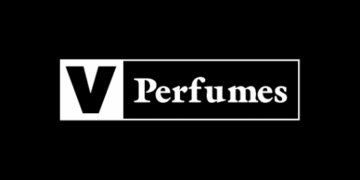Meal prepping has become a popular way to save time, money, and eat healthier. But with so many meal prep containers on the market, choosing the right one can be overwhelming. Two main contenders are glass and plastic containers, each offering distinct advantages and disadvantages. Let’s dive into the pros and cons of glass vs. plastic meal prep containers to help you make an informed decision.
1.) Glass Meal Prep Containers: The Eco-Friendly and Stain-Resistant Champion
- Health: Glass is naturally BPA-free and doesn’t leach chemicals into your food, making it a safe choice for health-conscious meal preppers.
- Durability: Glass containers are incredibly durable and can withstand years of use without warping or cracking. They’re also resistant to scratches and stains, so your food will always look its best.
- Versatility: Glass containers are oven-safe (up to a certain temperature), microwave-safe (with the lid removed), and freezer-safe, making them ideal for reheating and storing prepped meals.
- Cleanliness: Glass doesn’t absorb odors or food residue, making it easy to clean and maintain a fresh, hygienic storage space for your meals. They’re also typically dishwasher-safe for added convenience.
- Sustainability: Glass is an eco-friendly option as it’s recyclable and doesn’t contribute to plastic waste.
2.) However, glass containers do come with some drawbacks:
- Weight: Glass is heavier than plastic, making it less ideal for carrying large quantities of prepped meals on-the-go.
- Breakability: Glass can break if dropped or mishandled, potentially creating a mess and safety hazard.
- Cost: Glass containers tend to be more expensive than their plastic counterparts.
3.) Plastic Meal Prep Containers: Lightweight and Affordable Convenience
- Affordability: Plastic containers are generally cheaper than glass, making them a budget-friendly option for meal preppers.
- Lightweight: Plastic’s lighter weight makes it ideal for transporting prepped meals to work, school, or the gym.
- Variety of Sizes and Styles: Plastic containers come in a wide range of sizes, shapes, and compartments, allowing for versatile meal prep portioning and storage.
- Microwave-Safe: Many plastic containers are microwave-safe for convenient reheating (always check the label for microwave-safe symbols).
4.) Here’s where you need to be cautious with plastic:
- Safety: Look for BPA-free plastic containers marked with recycling codes 2, 4, or 5. These are considered the safest types of plastic for food storage.
- Durability: While some plastic containers are sturdy, others can crack or warp over time, especially with frequent reheating.
- Staining and Odors: Plastic containers can absorb food odors and stains, making them slightly trickier to clean and maintain freshness.
- Sustainability: Plastic containers often end up in landfills, contributing to plastic pollution.
5.) The Verdict: It Depends on Your Needs
Ultimately, the best choice between glass and plastic meal prep containers depends on your individual priorities.
- Choose glass if: Health, durability, stain resistance, and eco-friendliness are your top concerns. You’re willing to invest a little more and prioritize reheating meals in the oven or storing them in the freezer.
- Choose plastic if: Affordability, lightweight portability, and a variety of sizes are your main considerations. You’re okay with checking for BPA-free labels and potentially replacing containers more frequently.
No matter your choice, remember to label your meal prep containers with the date and contents for safe and organized food storage.






Leave Comment